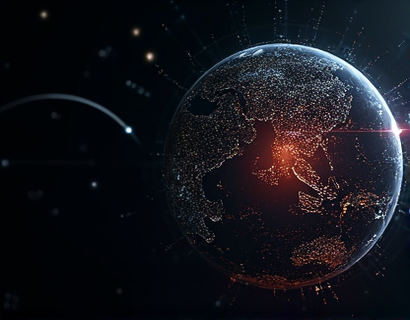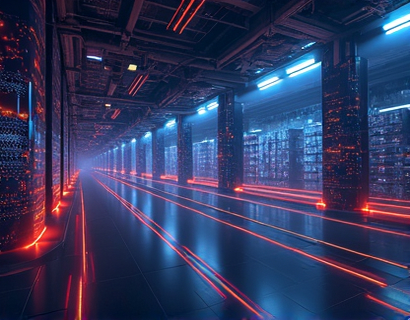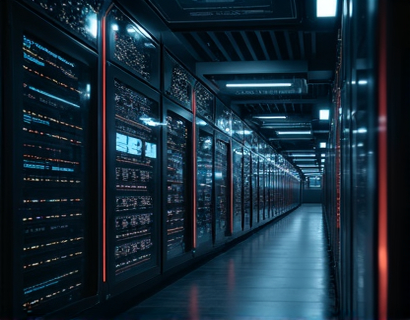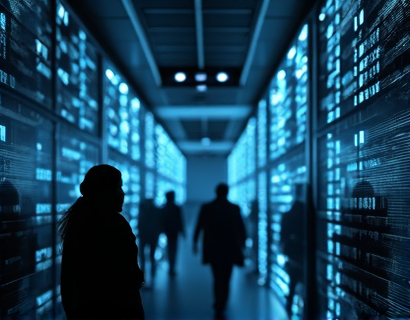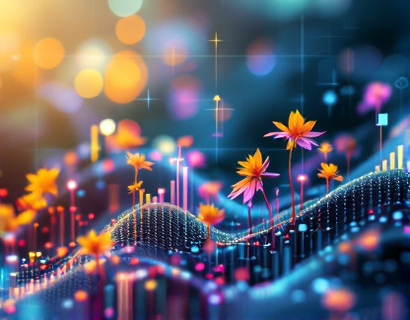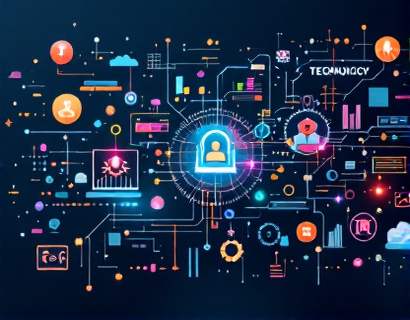Transforming Aquaculture Business Operations with Specialized Software Solutions
In the rapidly evolving landscape of aquaculture, business owners and managers face unique challenges that demand innovative solutions. The integration of specialized software solutions has emerged as a pivotal strategy to streamline operations, enhance productivity, and optimize resource use. These advanced tools are designed to address the specific needs of the aquaculture industry, offering a comprehensive approach to managing complex operations and ensuring sustainable growth in a competitive market.
Streamlining Operations
One of the primary benefits of adopting specialized aquaculture business software is the significant improvement in operational efficiency. These systems automate routine tasks, reducing the likelihood of human error and freeing up staff to focus on more strategic activities. For instance, automated feeding schedules ensure that fish receive the right amount of feed at the optimal times, leading to healthier stocks and reduced waste. Similarly, water quality monitoring systems provide real-time data, enabling prompt adjustments to maintain ideal conditions for aquatic life.
The automation of inventory management is another critical aspect. Software solutions track feed, medication, and other supplies, ensuring that stock levels are always optimal. This not only prevents overstocking, which can lead to spoilage, but also ensures that essential items are never depleted, minimizing downtime. By maintaining precise records, business owners can make informed decisions about purchasing and stocking, ultimately reducing costs and increasing profitability.
Enhancing Productivity
Productivity gains are a direct result of the efficiencies brought about by specialized software. By centralizing data and processes, these systems enable better coordination among different departments, such as production, maintenance, and sales. For example, a integrated dashboard can provide real-time insights into various aspects of the business, from growth rates and feed conversion ratios to market trends and financial performance. This holistic view allows managers to identify bottlenecks and opportunities for improvement quickly.
Moreover, specialized software often includes advanced analytics and reporting tools. These features help in forecasting future trends and making data-driven decisions. For instance, growth rate analytics can predict the time required to reach market size, allowing for better planning and resource allocation. Financial reporting tools provide detailed insights into revenue streams and expenses, facilitating budgeting and financial forecasting.
Optimizing Resource Use
Resource optimization is crucial in aquaculture, where water, feed, and energy are significant costs. Specialized software solutions play a vital role in minimizing waste and maximizing the use of resources. For example, precision feeding systems adjust feed amounts based on real-time data from sensors monitoring water conditions and fish behavior. This ensures that fish receive only the necessary amount of feed, reducing waste and lowering costs.
Energy management is another area where software can make a substantial impact. By monitoring and controlling equipment usage, these systems can identify inefficiencies and suggest optimizations. For instance, automated lighting systems adjust based on natural light levels, reducing energy consumption without compromising the well-being of the aquatic organisms. Similarly, water circulation and filtration systems can be optimized to maintain optimal conditions while using less energy.
Enhancing Sustainability
Sustainability is a key concern in the aquaculture industry, and specialized software solutions contribute significantly to achieving this goal. By optimizing resource use, these systems help reduce the environmental footprint of aquaculture operations. For example, precise feed management reduces the amount of uneaten feed that can pollute water bodies. Additionally, water quality monitoring ensures that effluents meet regulatory standards, minimizing the impact on surrounding ecosystems.
Sustainability reporting is another feature that enhances the environmental credentials of aquaculture businesses. Software can generate detailed reports on resource consumption, waste generation, and other sustainability metrics. These reports can be used to demonstrate compliance with environmental regulations and to showcase the business's commitment to sustainable practices to customers and stakeholders.
Improving Decision Making
The data-driven approach facilitated by specialized software significantly improves decision-making processes in aquaculture businesses. With access to real-time and historical data, managers can make informed decisions that are backed by evidence. For instance, health monitoring systems can detect early signs of disease outbreaks, allowing for timely intervention and preventing the spread of illness. This proactive approach not only protects the stock but also reduces the need for medications, which can have environmental and economic implications.
Market analysis tools within these software solutions provide insights into market trends, consumer preferences, and competitor activities. This information is invaluable for strategic planning, such as determining the best times to harvest, pricing strategies, and market entry points. By staying ahead of market dynamics, aquaculture businesses can capitalize on opportunities and mitigate risks.
Scalability and Flexibility
Specialized aquaculture software is designed to be scalable and flexible, accommodating businesses of all sizes and stages of growth. Whether a small-scale operation or a large industrial facility, these systems can be tailored to meet specific needs. As businesses expand or change, the software can adapt, ensuring continuous support for growth and evolution.
Cloud-based solutions, in particular, offer the advantage of accessibility and ease of use. Business owners can access critical data and management tools from anywhere, at any time, as long as they have an internet connection. This flexibility is especially beneficial for operations with multiple sites or those that require remote monitoring and management.
Case Studies and Success Stories
Numerous aquaculture businesses have successfully implemented specialized software solutions, achieving significant improvements in various aspects of their operations. For example, a mid-sized fish farm in Asia adopted an integrated management system that included automated feeding, water quality monitoring, and inventory management. Within a year, the farm reported a 20% increase in productivity and a 15% reduction in feed costs. The real-time data and insights provided by the software enabled the farm to optimize operations continuously.
Another case involves a large-scale salmon farming operation in Norway that implemented a comprehensive software solution for health monitoring and disease management. The system's early detection capabilities and automated reporting reduced the incidence of disease outbreaks by 30%. This not only improved the health of the fish but also reduced the use of antibiotics, aligning with the company's sustainability goals.
Challenges and Considerations
While the benefits of specialized aquaculture software are clear, there are challenges and considerations that business owners should be aware of. One common challenge is the initial cost of implementation, which can be a barrier for smaller operations. However, the long-term savings and efficiency gains often justify the investment. Additionally, the complexity of some systems may require training for staff, but most providers offer comprehensive support and training programs to ease the transition.
Data security and privacy are also critical concerns. Reputable software providers implement robust security measures to protect sensitive business data. It is essential for business owners to choose providers with a strong track record in data protection and compliance with relevant regulations.
Future Trends in Aquaculture Software
The future of aquaculture software is promising, with ongoing advancements in technology poised to bring even more innovations. Artificial intelligence and machine learning are set to play a larger role in predictive analytics and automated decision-making. For instance, AI can analyze vast amounts of data to predict optimal feeding times, detect anomalies in water quality, and even forecast market trends with greater accuracy.
Internet of Things (IoT) devices will continue to integrate seamlessly with aquaculture software, providing more granular and real-time data. Smart sensors and automated equipment will work in tandem to create highly efficient and responsive systems. Blockchain technology may also find applications in supply chain transparency, ensuring traceability and authenticity of aquaculture products.
Conclusion
Specialized software solutions are transforming the aquaculture industry by streamlining operations, enhancing productivity, and optimizing resource use. These tools provide essential functionalities that help business owners and managers navigate the complexities of modern aquaculture, ensuring sustainability and competitiveness. As technology continues to advance, the potential for further improvements and innovations remains vast, promising a brighter future for the aquaculture sector.










